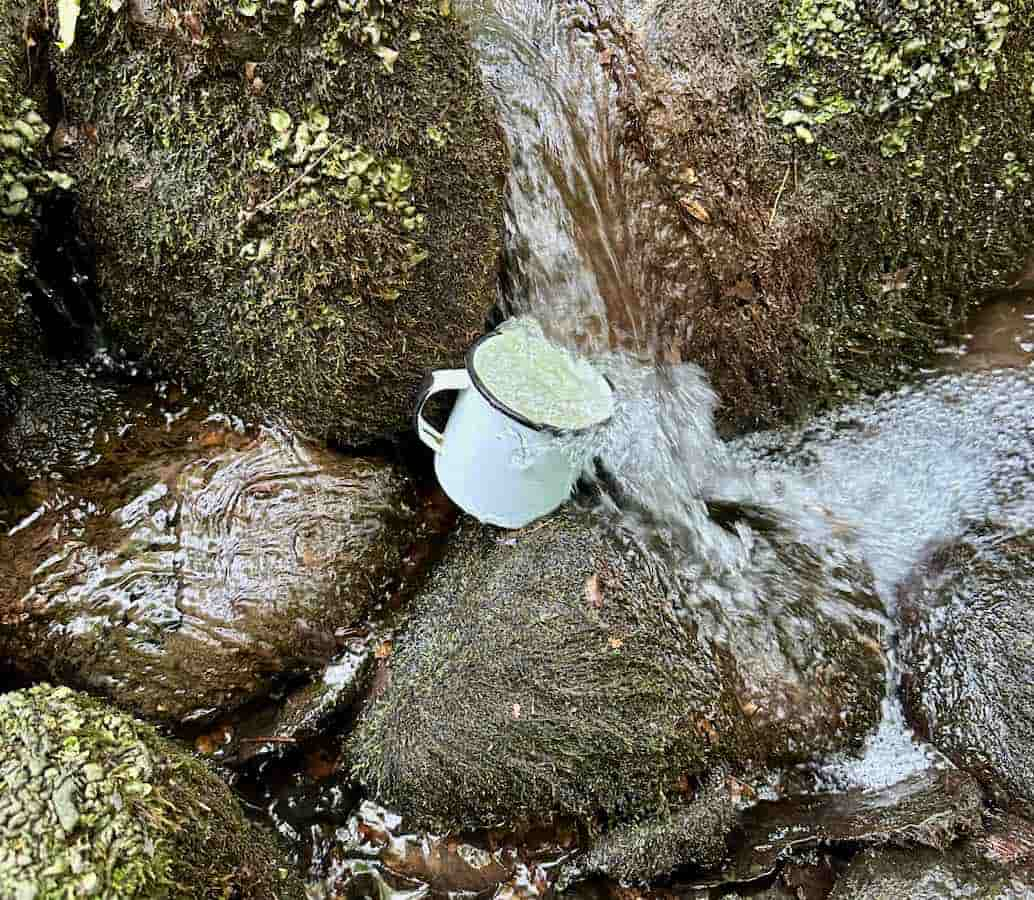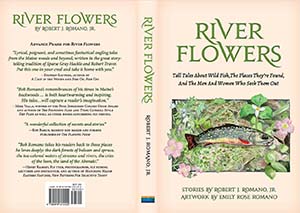There and Back Again

As a young man, I read Hemingway and Steinbeck, Harrison, and McGuane. Along the way, the fly-fishing raconteur, Richard Brautigan, brought tears to my eyes while the rabid environmentalist, Edward Abbey, had me raising my fists in outrage. I took to heart the words found in Practice of the Wild, the thought-provoking book written by Gary Snyder:
“The wild requires…we learn the terrain, nod to all the plants and animals and birds, ford the streams and cross the ridges, and tell a good story when we get back home.”
Over the years, I’ve tried to follow the advice of the acclaimed poet-turned-Buddhist, attempting, from time to time to tell a good story when returning home from the Rangeley Lakes Region of western Maine where my wife and I have owned a camp for nearly forty years. It is a part of the country that has not changed much over the years. The rivers and streams, lakes and ponds surrounding our cabin are about the same as Johnny Danforth and Fred Barker found them when they decided to spend the winter of 1876 hunting and trapping the land above Parmachenee Lake. The fish are still here. On average, they are not as large as they once were, but a sixteen-inch native brook trout is not uncommon and landlocked salmon remain as wild as the moose that often plod down to the river’s shoreline to muse over the mysteries of the state’s Great North Woods.

Bob Romano’s newest book River Flowers is available now. Visit forgottentrout.com for ordering information.
When we first arrived in the region, I’d cast articulated streamers and weighted nymphs in a manic pursuit for ever-larger fish. I wore a vest with more fly boxes than Samuel Carter had little liver pills and a pack heavy with reels containing lines that sunk at different rates and clothing for the constantly changing northern New England weather. Such fishing requires time on the water, especially after the spring thaw. This is when smelts, the region’s principal bait fish, leave the lakes to make their spawning run up the larger rivers, with brook trout and landlocked salmon following closely behind. In the latter days of September, the trout and salmon once again swim upriver, this time on their own spawning runs, providing anglers a second opportunity to take fish measured in pounds rather than inches.
Angling requires time on the water, and so there I’d stand, in rain, sometimes sleet, even snow, while buffeted by bruising wind and under blistering sunlight, harassed by black flies, mosquitoes, and no-seeums, from first light to dark, swinging a streamer, drifting a nymph, casting a wet or dry fly, addicted to the tug.
But there is another type of fishing, one that can be employed on smaller brooks and streams, many not too distant from our backyards, streams that bend and twist through fallow fields and woodland, some of them, like those here in Maine, through deep forest, headwaters of those larger rivers where the majority of anglers continue their search for trophy fish. Along these secret rills, an angler can cast to wild trout, many times without coming upon another angler. To be sure, the fish here are diminutive compared to the trout in the big rivers, a few no larger than a pinkie, the largest fitting snuggly in the palm of a hand. In these narrow ribbons of water, hidden between thickets of barberry and wild rose, under shadows cast by hemlock or spruce, quite often an overhanging limb of a swamp maple, maybe the branches of a pin oak, I’ve come to appreciate what Thoreau described as “…these jewels…these bright fluviatile flowers, made beautiful, the Lord only knows why, to swim there!”
On the losing side of middle age, I now seek out these waters too small to gather serious attention from other anglers; forgotten places, where trout live out their lives in the lee of boulders, under the trunks of fallen trees, along banks scoured by the current or as they sometimes do, in a set of sunlit riffles. These are fish that rarely hear the splash of an artificial fly.
This type of fishing requires an angler to heed the words of the legendary American naturalist, John Muir, who wrote, “Only by going alone in silence, without baggage, can one truly get into the heart of the wilderness.”
No longer do I feel compelled to wing heavy nymphs past my ear, or make sixty-foot casts until my shoulder aches. Instead, I carry a single metal tin that fits nicely in the pocket of my canvas shirt. Once holding cough drops, these days it contains a handful of flies. There are pheasant-tail patterns, ones with parachute wings for fishing upstream, and soft-hackled flies for when I work my way back down, maybe a few elk hair caddis or black ants if fishing during the summer months. While casting a stick constructed of cane by the Pennsylvania rod maker, the late George Maurer, my mind is free to be in the moment as a six-inch brook trout rises through the surface.
With less distraction, this uncomplicated method of fishing allows me to enjoy the creatures found along the edges of running water—the colorful flash of a tiny warbler or the song of the secretive thrush, the muskrat carrying a mouthful of reeds back to its nest, perhaps a doe, her head lowered toward the edge of the current or a black bear lumbering toward a patch of raspberries. I’ll catch myself smiling at the splash of a frog or while staring into the eyes of a bashful toad, my mind free to be in the moment as a six-inch brook trout rises through the surface to grab that bit of fur and fluff attached to my line.
These moments, like a Basho haiku, remain frozen in time.
The many tiny streams of Western Maine remain an escape from the madding pace of modern life that has allowed me to trod a trail less traveled, one alongside a stream where brook trout are willing to share their secrets, and return to tell a tale or two.
Bob Romano plans to attend the Fly Fishing Show in Edison, New Jersey, January 26-28. You’ll find him at the Bookstore Booth where he’ll be signing his latest book “River Flowers,” a collection of stories set primarily in western Maine and northern New Hampshire with a few detours along the way.











